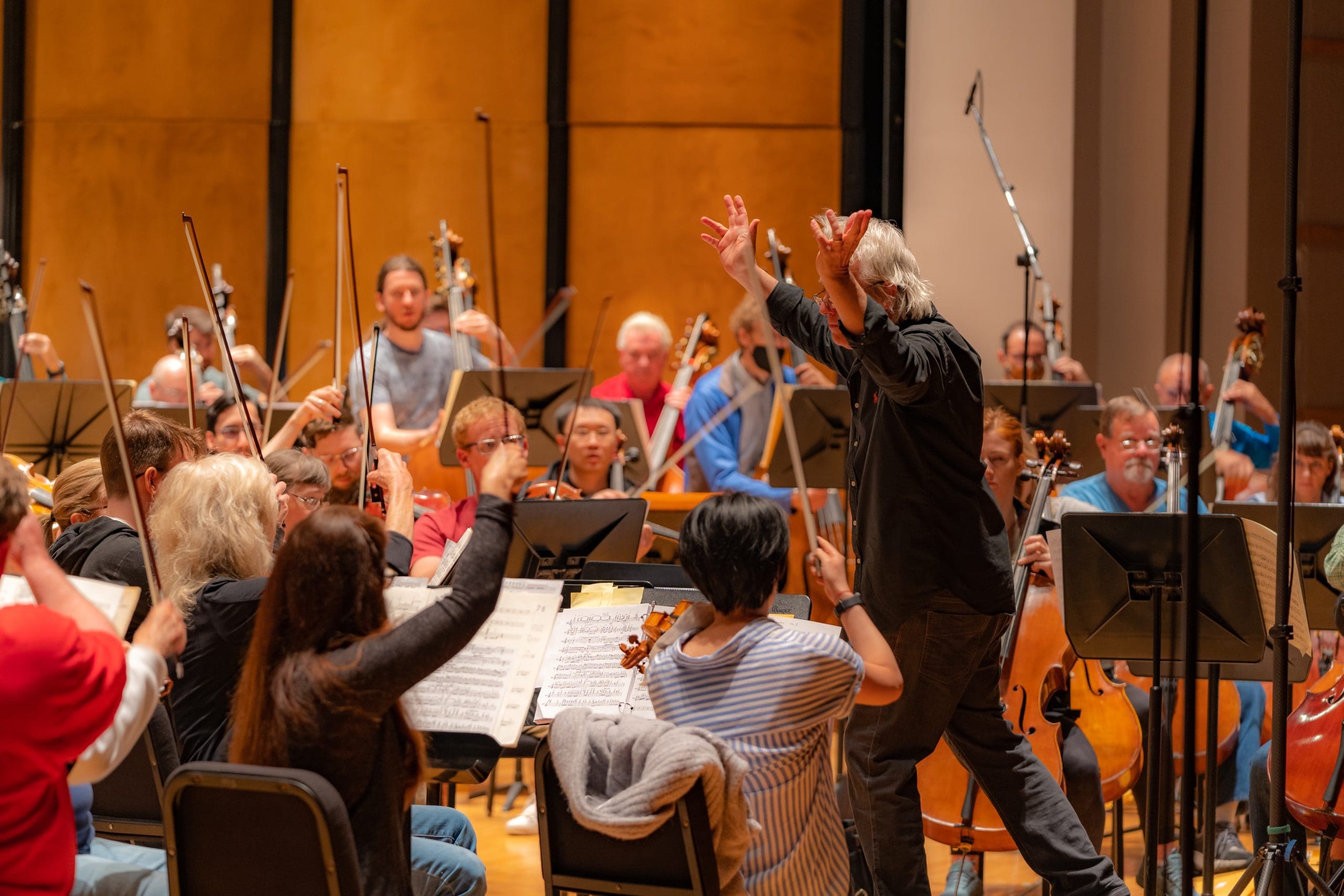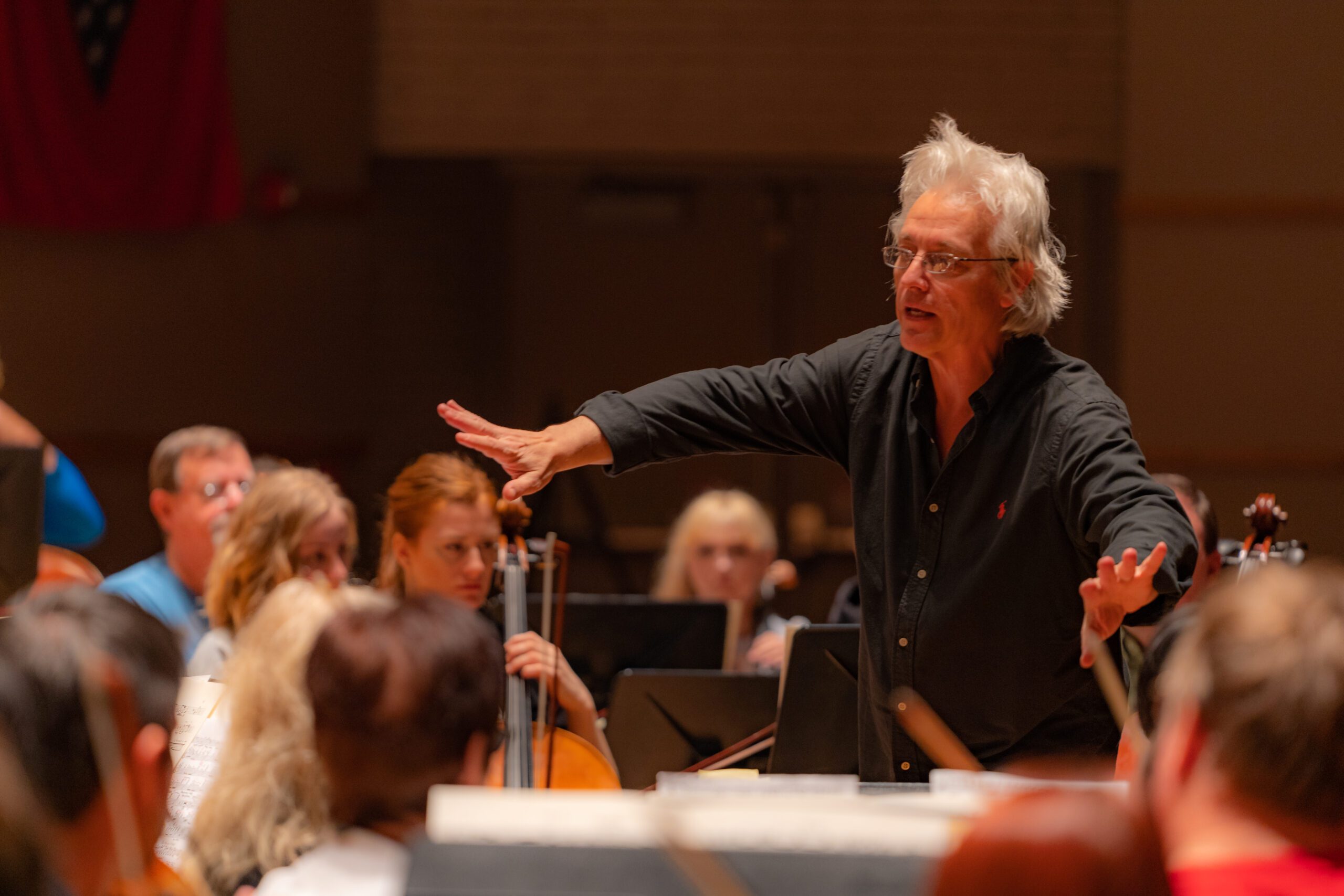FOR YOUR GRAMMY® CONSIDERATION
BALLARD, L.W.: Four Moons / Devil’s Promenade / Fantasy Aborigine No. 3 /
Scenes from Indian Life, John Jeter, Fort Smith Symphony
Best Orchestral Performance
FOR YOUR GRAMMY® CONSIDERATION
BALLARD, L.W.: Four Moons / Devil’s Promenade / Fantasy Aborigine No. 3 / Scenes from Indian Life, John Jeter, Fort Smith Symphony
for the category of
Best Orchestral Recording
BALLARD, L.W.: Four Moons / Devil’s Promenade / Fantasy Aborigine No. 3 / Scenes from Indian Life, John Jeter, Fort Smith Symphony
“… passionate performances …” – The Gramophone
“… an angelic force for overlooked American music …” – The New York Times
“Throughout, Jeter and his Fort Smith Symphony play with missionary zeal.” – The Arts Fuse
“… superb performances …” – Classical Lost and Found
“… highly recommended.” – Fanfare
“… I hope that there will be more in the future.” – American Record Guide
“… important release … with authentic performances.” – Textura



Photo:Avraham Eilat http://www.eilatart.com
Louis Wayne Ballard (1931 – 2007)
Louis Wayne Ballard – also known as “Honganozhe,” which means “Stands with Eagles” in the Quapaw language – was the first Indigenous North American composer of art music, and his extensive knowledge of the music, dance, and mythology of this culture informed his compositions. Ballard’s style was eclectic, embracing tonal and twelve-tone elements, and the selected pieces presented here reflect the unique variety of his achievement. This album of world premiere recordings features his third ballet, The Four Moons, which embodies a rich cache of classic dances, and the Fantasy Aborigine No. 3 “Kokopelli” with its battery of unique percussive instruments.
Born in Devil’s Promenade near Miami, Oklahoma, in Quapaw Nation, Louis Ballard retained family and tribal customs from both his Quapaw and Cherokee heritage, despite the boarding school teachings he received as a child. Ballard incorporated Quapaw dance, language, and musical styles into contemporary composition for band and orchestra, drawing inspiration from both Antonín Dvořák (Czech) and Béla Bartók (Hungary) in their preservation of their cultures’ folk tunes. His teachings continue to be the foundation of Indigenous music education across America.
Ballard’s Quapaw lineage and cultural influences are part of a tribal tradition reaching back to the Quapaw’s historical territory throughout Arkansas. The Fort Smith Symphony’s commercial distribution of these works with Naxos Records is the first of its kind for Louis Ballard.
Production Credits
Recorded 23 and 24 April 2023 at ArcBest Performing Arts Center, Fort Smith, Arkansas, USA
Producer, engineer and editor: Bernd Gottinger
Booklet note: Karl Erik Ettinger
Indigenous Music Consultant: Christina Giacona
This recording was kindly sponsored by the Walter O. Caldwell Foundation, ArcBest Corporation, Judy R. and Lance McReynolds, Mercy, The Dream Alliance and Kathy and Doug Babb.
Cover photo of the composer by William Dunning Restoration and colorization by MemoryCherish (www.memorycherish.com)
Special thanks to:
Simone Ballard, Karl Erik Ettinger, Laken Emerson, Chris Prather, Patrick Conlon, Jerod Impichchaachaaha’ Tate and the Edwin A. Fleisher Collection.
Photos by Grant Thomas 2023








